Video from Chile!
As the Chilean grapes start arriving….Here is a video from our grower – Correo Albano Vineyards – talking about the history of his vineyard, the region of Curico, and the 2017 Harvest. Cheers to 5 generations of growing the best wine grapes of Chile!
The Winemaker’s Think Tank: Vol 14 – What temperature should my juice be before yeast is added?
What’s the Winemaker’s Think Tank?
Every Thursday we will post about a few frequently asked questions that our winemaker has answered. If you have a winemaking question you would like to have answered, please email us at support@juicegrape.com and we will try to get into next week’s post. Cheers! 🙂
What temperature should my juice be before yeast is added?
The ideal temperature for most yeast strains to conduct a successful fermentation is between 60-70 degrees Fahrenheit. Be sure that the juice is at least 60 degrees before adding any yeast to ensure that the yeast will not die of cold shock when added to the wine.
Check out Musto’s Youtube Video below for Step by Step Yeast Starter Instructions from Winemaker & Bootcamp Professor Frank Renaldi.
We hope this information helps with your winemaking. If you have any follow up questions or winemaking questions in general, please email us at support@juicegrape.com.
The Winemaker’s Think Tank: Vol 7 – Grape Yield
What’s the Winemaker’s Think Tank?
Every Thursday we will post about a few frequently asked questions that our winemaker has answered. If you have a winemaking question you would like to have answered, please email us at support@juicegrape.com and we will try to get into next week’s post. Cheers! 🙂
When it comes to making wine, often there is nothing more exhilarating than sampling the fresh grapes as they come in and selecting the varietals that will best suit your individual winemaking needs. Once you have selected the varietals that you would like to make that season, the most often the next question is “How many grapes will I need to make my desired amount of wine?”. The answer changes slightly depending on the origin of the grapes. South American producers fill their crates with 18lbs of grapes. This typically requires the winemaker to purchase 4 crates (18lbs each) to yield 5 gallons of wine. The same formula roughly applies to South African grapes as well, with their grapes being packed 20lbs per crate. Obviously this will yield the winemaker a bit more juice, but the overall formula is applicable.
Fall harvest from the northern hemisphere gives us slightly different guidelines to follow for estimating yield. North American producers have larger crates, packed 36lbs/crate. On average, each crate yields 2.5 gallons of juice, the winemaker needing two crates per five gallons of desired wine. Seasonal growing conditions apply to the yield as well, rainfall having the most profound effect upon juice yield. Also, premium growing areas where the grapevines grow under stressed conditions, resulting in premium fruit will yield significantly less juice than grapes grown in irrigated fields. We suggest purchasing one additional crate per desired 5 gallons of finished product. The two crates per five gallon rule is a safe assumption when estimating juice yield, as it is more of a conservative estimate of juice yield. We often hear reports of a higher yield rate for certain west coast varietals. Berry size will affect the yield of juice as well. Pinot Noir and Grenache berries are significantly larger than Cabernet Sauvignon and Petit Syrah berries, often yielding up to 10% more juice. While a certain level of experience and research can aid in the estimated juice yield from your grapes, the basic rule of 4 crates per 5 gallons for South American/African produce and 2 crates per 5 gallons for North American produce is an easy means of determining how much produce you will need.
We hope this information helps with your winemaking. If you have any follow up questions or winemaking questions in general, please email us at support@juicegrape.com.
Argentina Has Officially Been Added to Our Spring Grape Program
Argentina Has Officially Been Added to Our Spring Grape Program!
Location: Mendoza, Argentina – specifically the Perdriel area in Lujan de Cayo county
Grapes Being Sourced: Malbec, their Malbec makes up 46% of their farmed vineyards.
Grower Information: The first Cantinian vineyard was planted in 1923. As of 2012, the wine grapes grown in the Cantinian vineyards were certified organic by Argencert (in conjunction with the USDA Organic Certification) and accredited by Global Program IFOAM. The vineyards are situation on elevated terrain with views of the Andes Mountains.
Geeky Facts: Their 2009 Malbec received 90 points in the Wine Advocate and a Silver Medal in the San Francisco International Wine Festival
Paso Robles Update
Paso Robles is one of California’s emerging AVA’s. It has grown from a sleepy town to a high end wine growing and wine producing region. Paso Robles Wine Country is ideally located along California’s Central Coast, conveniently between San Francisco and Los Angeles. Over the past decade the number of wineries has more than tripled, and Paso Robles is now home to nearly 200 wineries. Winemaking on the Central Coast began when the Franciscan Friars traveled through California establishing Missions. The Missionaries started planting grapes in 1790. You can still see these vines growing today. Since the original plantings of the Missionaries, Paso Robles has become a top destination for farmers to plant grapes. Many famous people have planted vineyards and started wineries in this region. For example, Ignace Paderewski, the Polish pianist purchased 2,000 acres in the 1920’s. He planted Petite Sirah and Zinfandel and eventually opened York Mountain Winery; which is still in existence today.
Paso Robles is comprised of 26,000 acres of wine grapes. It is one of the fastest growing wine regions in California and on the Central Coast. It has a diverse topography. There are rivers, roiling hills, flat lands, and mountains. The soil is comprised of bedrock, weather granite, marine sedimentary rocks, and volcanic rocks. Because of the many different soil components one vineyard block could contain several different soil types.
In terms of grapes, Paso Robles is known for growing Zinfandel, but has gained recognition for Bordeaux and Rhone varieties. The AVA likes to produce non-traditional blends. It is a valley that doesn’t follow the rules and expectations of tradition winemaking. The winemakers of Paso Robles like to make their own rules.
Musto Wine Grape Company will be offering the following wine grapes from Paso Robles: Cabernet Sauvignon, Cabernet Franc, Merlot, Pinot Noir, Petite Sirah, Syrah, Zinfandel, and Old Vine Zinfandel.
- The Paso Petite Sirah resides on the East side of Paso Robles. Days are hot for a longer period of time than the west side but the temperature will drop down to 50 degrees and below at night. The grapes ripen while maturing slowly to produce a wine with aromas of blueberry, raspberry, and black coffee. The wines from this area show deep color, are full bodied, and have a smooth tannic structure.
- The Paso Merlot, and Syrah are sourced from Tolosa Winery from their “Meeker Vineyard” blocks. The Syrah is the Shenandoah Clone and on 5BB rootstock. Finally, the Merlot is Clone 3 and on 5BB rootstock.
- The Paso Zinfandel and Old Vine Zinfandel are sourced from the Steinbeck Vineyard. The Zinfandel resides on east-west rolling hills. The soils are calcareous and are farmed by a multiple generation vintner.
- The Pinot Noir is sourced from Opolo Vineyards of Paso Robles. The Pinot Noir vineyards are located in the Willow Creek AVA. This region cools down earlier than the East side. The area is known for getting any varietal ripe and mature. The soil is very calcareous which produces a very elegant Pinot Noir.
- The Cabernet is sourced from Parrish Templeton Vineyards. These grapes go to wineries such as Opolo and Justin. It is located in the “Pomar Junction” area of the Templeton gap. The soil consists of clay topsoil, over-lying a fractured calcareous base. This vineyard was created to produce high end Cabernet.
- Varieties from Paso Robles:
- Cabernet Suavignon
- Merlot
- Pinot Noir
- Petite Sirah
- Syrah
- Zinfandel
- Old Vine Zinfandel
We are currently taking orders for ALL Paso Robles grapes. The Pinot Noir will be arriving on 9/9/16. Make sure to secure your grapes today!
sales@juicegrape.com / 877.812.1137
Malbec, Merlot, Syrah, Cabernet Sauvignon, & Carmenere Arrive from Chile
Hello Winemakers!
Below are the Brix numbers from the Red Grapes that have arrived so far from Chile. We received Malbec, Merlot, Syrah, Cabernet Sauvignon, and Carmenere. We look forward to you all of you picking up and enjoying the wine grapes of Chile! It looks like it’s going to be a great vintage!
Malbec: 23.5
Merlot: 23.0
Syrah: 23.0
Cabernet Sauvignon: 24.0
Carmenere: 26.0
We are awaiting several more loads containing Cabernet Sauvignon, Malbec, Carmenere, Merlot, Cabernet Franc, Petite Verdot, and Syrah. We will have arrival dates for these loads soon.
*Please keep in mind these numbers are only sample of what arrived from Chile. Please make sure to take your own Brix readings when you receive your grapes for the best possible fermentation outcome.
Chilean Harvest Update: Arrival Dates
Chilean Harvest Update: Arrival Dates
The wines of Chile – along with the winemakers and vineyards that produce them – have had some profound transformations in the past 30 years. Grape growers have successfully determined which varietals thrive in their vineyards, have experimented with unique trellising systems, and explored interesting new areas for planting. The wines now have a head start because of the wonderful grape quality.
The winemakers have been upping their game by attending classes and working in wineries abroad – bringing back with them modern winemaking practices from the finest winemaking regions across Europe and the USA. Even highly regarded, award-winning winemakers from other countries are moving to Chile so they can take advantage of the country’s grape quality – and to have full creative control to craft spectacular wines. It’s crazy awesome that we are able to receive the same high quality grapes and winemaking opportunities people travel so far to achieve. We are lucky to be a part of this wine journey with the vineyards and winemakers of Chile.
The grapes will be harvested very soon. Below is more in-depth information about the vineyards and the potential arrival dates. The season will be early, so dust off the crush pad, sanitize your equipment, and get ready for some fantastic winemaking.
We will have a Bootcamp class running during the Chilean Season. If you would like to join or hear more information please email Christina at cmusto@juicegrape.com. Spaces are limited and the class will be starting soon.
Potential Arrival Dates for Chilean Grapes
- April 18th
- Sauvignon Blanc
- Chardonnay
- Viognier
- Pinot Grigio
- May 2nd
- Malbec (small amount)
- Merlot
- Syrah
- May 9th
- Petite Verdot
- Malbec
- Pinot Noir
- Carmenere
- Cabernet Sauvignon
- May 16th
- Malbec
- Carmenere
- Cabernet Sauvignon
- Cabernet Franc
Chilean Juice: The juice should start arriving around May 2nd. We will have more updated when the containers are loaded.
Winter in the Vineyard
This gallery contains 3 photos.
Right now the vines are dormat and enjoying a little sleep. If you drive through the vineyard areas you will see different types of grass and flowers growing in between the rows. These plants are not randomly growing in the rows. They were planted there for a reason (and no it’s not just because they look pretty). These plants are called cover crops.
Cover crops help protect and enrich the soil in a variety of ways. They help regulate vine growth, protect soil from erosion, improve soil fertility, draw away the abundant moisture, help with air quality, and introduce beneficial insects to the soil and vine.
The photos you see above are from Lanza-Musto Vineyards. At Lanza-Musto Vineyards we planted three peas, crimson clover, mustard, and oat throughout the rows. These are all full of nitrogen and other nutrients. Some rows have more crops planted than others. For example, the younger vines have the three peas mix because the younger vines need more nutrients. Where as an older vineyard might have a mustard mix.It is important to remember that vineyard maintenance does not start and end at harvest time. There are many things that need to be done in the vineyard throughout the year to ensure the vines produce quality fruit.







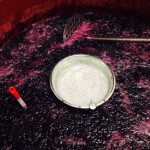

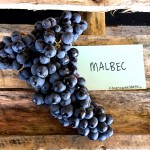
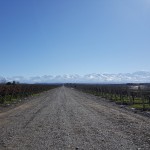
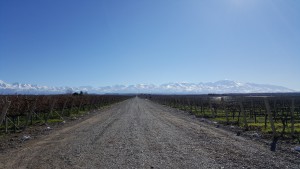
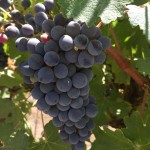
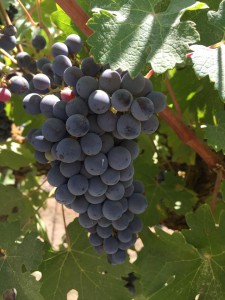
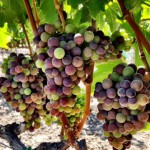
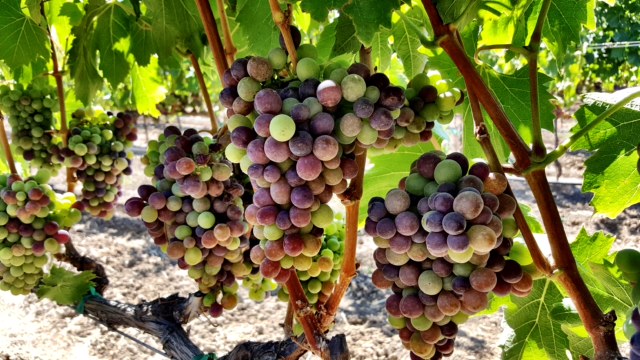
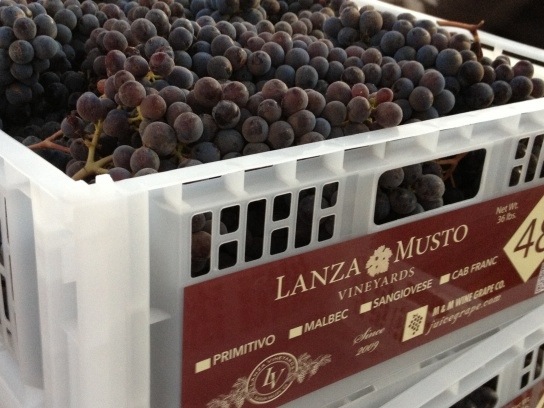


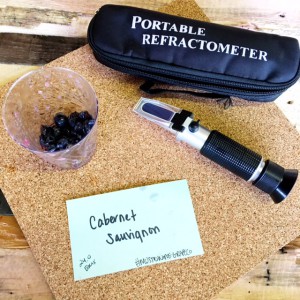

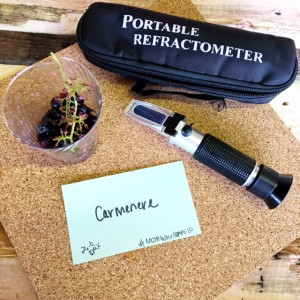
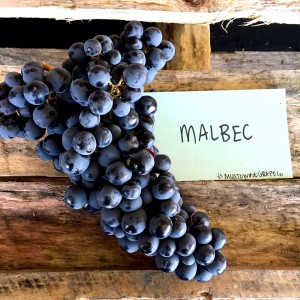
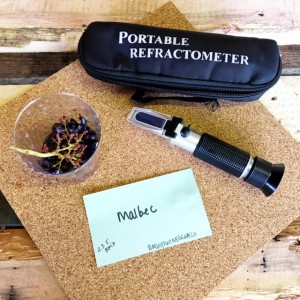


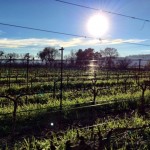
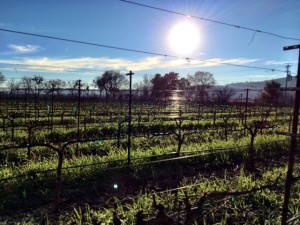


Recent Comments